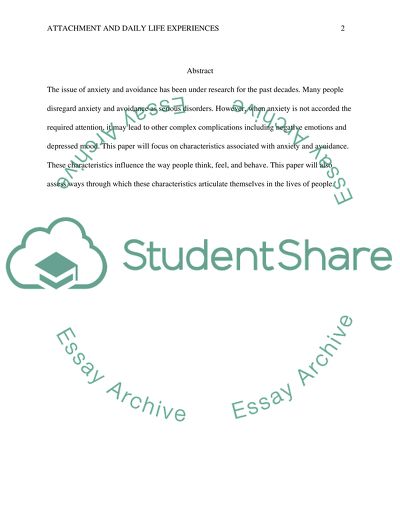Cite this document
(“Attachment and Daily Life Experiences Research Paper”, n.d.)
Retrieved from https://studentshare.org/psychology/1397327-attachment-and-daily-life-experiences
Retrieved from https://studentshare.org/psychology/1397327-attachment-and-daily-life-experiences
(Attachment and Daily Life Experiences Research Paper)
https://studentshare.org/psychology/1397327-attachment-and-daily-life-experiences.
https://studentshare.org/psychology/1397327-attachment-and-daily-life-experiences.
“Attachment and Daily Life Experiences Research Paper”, n.d. https://studentshare.org/psychology/1397327-attachment-and-daily-life-experiences.


